For more than 5 years of growing squash, Mr. Nguyen Van Tien in Minh Thanh ward, Chon Thanh town ( Binh Phuoc ) has invested in growing 3 hectares of squash using the alternating cropping method. Every day, Mr. Tien harvests 400-500 kg of fresh squash to supply to the market. However, the price of squash fluctuates erratically, at times dropping to only 2,000 VND/kg.
To solve the problem of output for luffa, Mr. Tien has learned and researched many solutions, including the option of letting the luffa grow old, waiting for the fruit to dry, and then harvesting the luffa fiber.
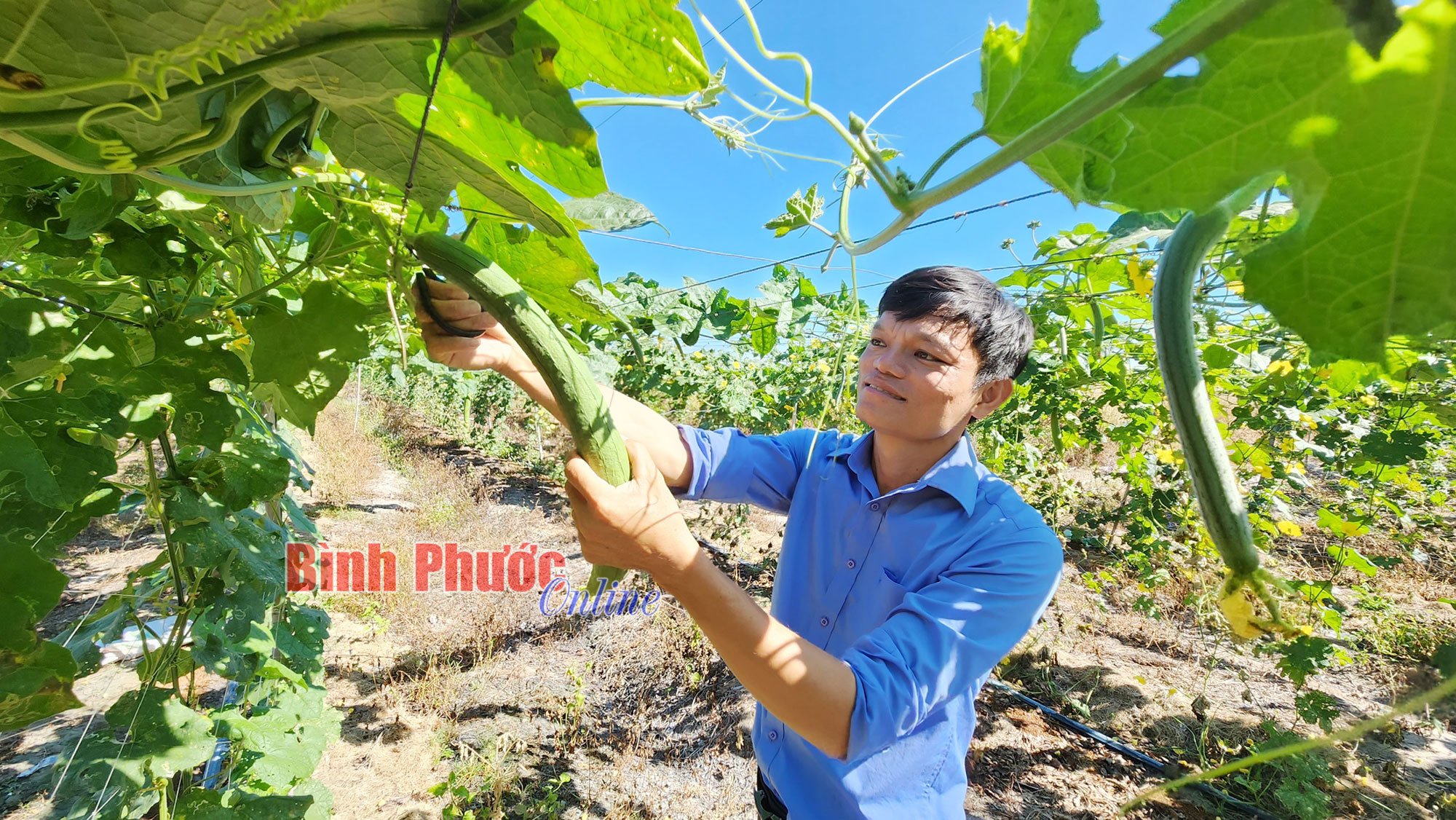
Mr. Nguyen Van Tien in Minh Thanh ward, Chon Thanh town (Binh Phuoc) harvests fresh squash.
Mr. Tien has invested about 130 million VND per hectare to build a trellis and install a solar-powered irrigation system to grow luffa. After deducting expenses, each crop, Mr. Tien earns from 25-30 million VND/ha of luffa.
Luffa can be harvested after 2 months of planting and the harvest period lasts about 3.5 months. To have luffa harvested year-round, Mr. Tien divides the land area into alternating crops and plants 3 crops/year. On average, from 1 hectare of luffa land, he harvests 20 tons of fresh fruit and 500kg of luffa fibrous luffa.
Mr. Tien shared: When the price is high (over 6,000 VND/kg) and stable, I will sell fresh squash, and when the price is low, I will sell dried squash. Dried squash must be left to ripen naturally, and the squash fibers must be thick, white and smooth to be able to supply to purchasing companies to make finished products for export to Korea. Raw dried squash costs 25,000 VND/kg, and squash with the skin and seeds removed costs 200,000 VND/kg. Currently, I have just linked up to supply dried squash to partners in Gia Lai province.
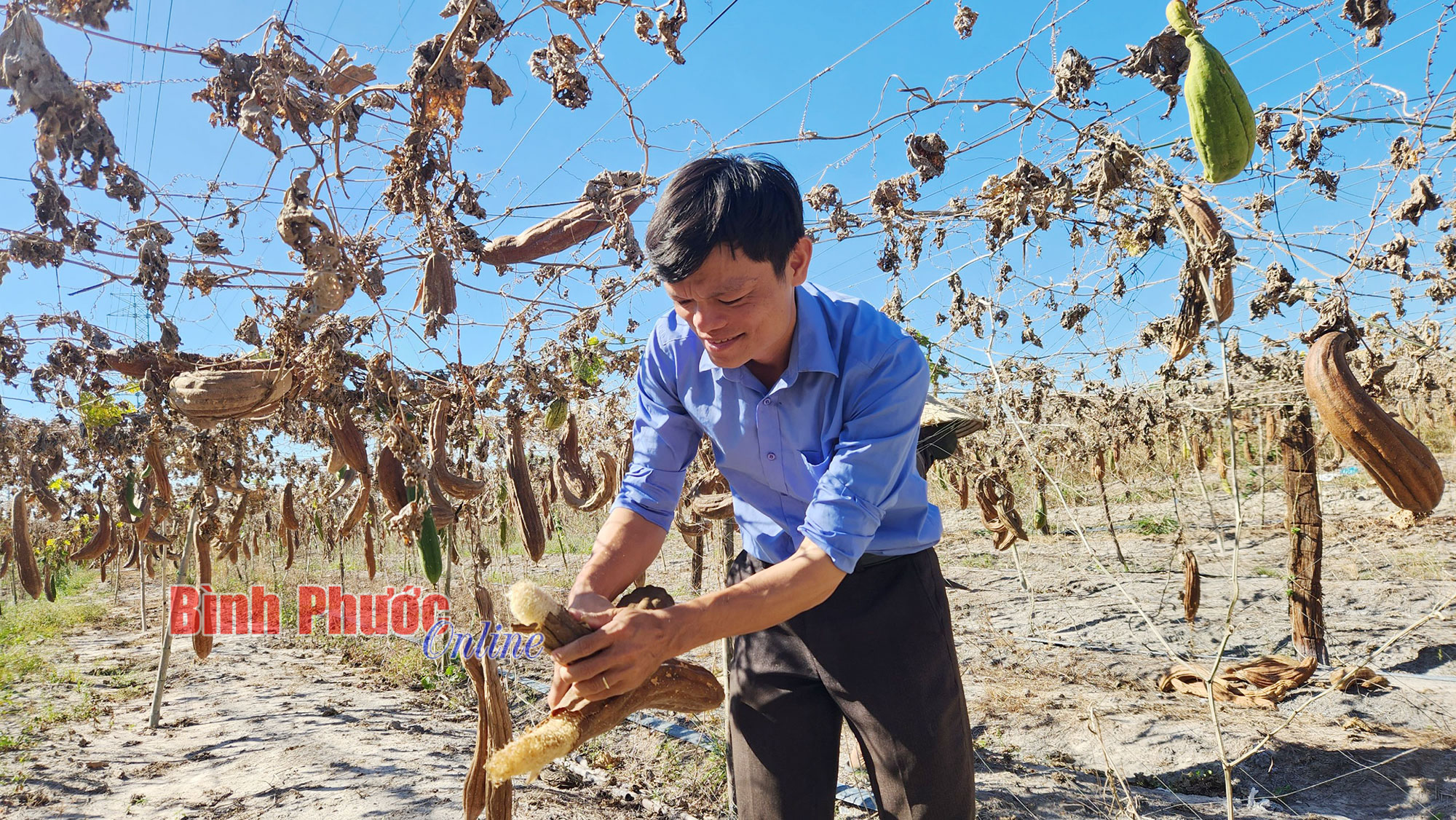
Dried squash has natural fiber, the fiber must be 80% or more mature, the fiber must be hard.
In Vietnam, loofah is purchased to produce household products, exported to Japan, Korea, the US and some European countries. These are demanding markets, strict in testing for residual chemicals. Therefore, people must adhere to clean - green production methods.
Currently, Mr. Tien is producing in a joint direction, providing raw materials to partners to make products such as: bath sponges; dishwashing sponges; shoe insoles... for export.
Flexible and creative in developing economic models, after deducting expenses, Mr. Tien earns a profit of about 300 million VND/year. To solve the problem of output for luffa, he sells both fresh and dried fruit. However, according to Mr. Tien, if he only grows luffa to sell fibers, there will be no profit, but he must combine selling fresh fruit to compensate for investment costs, hire workers and sell luffa fibers to make a profit, at the same time solving the problem of fresh luffa with no output and low selling price.
Source



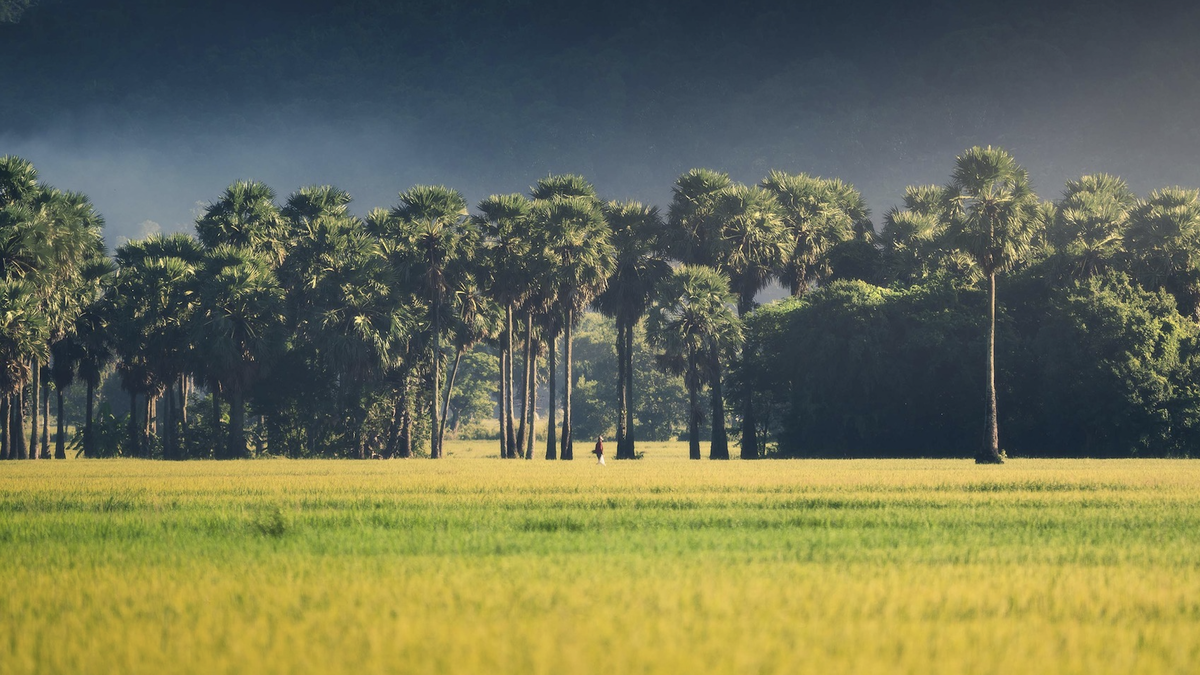

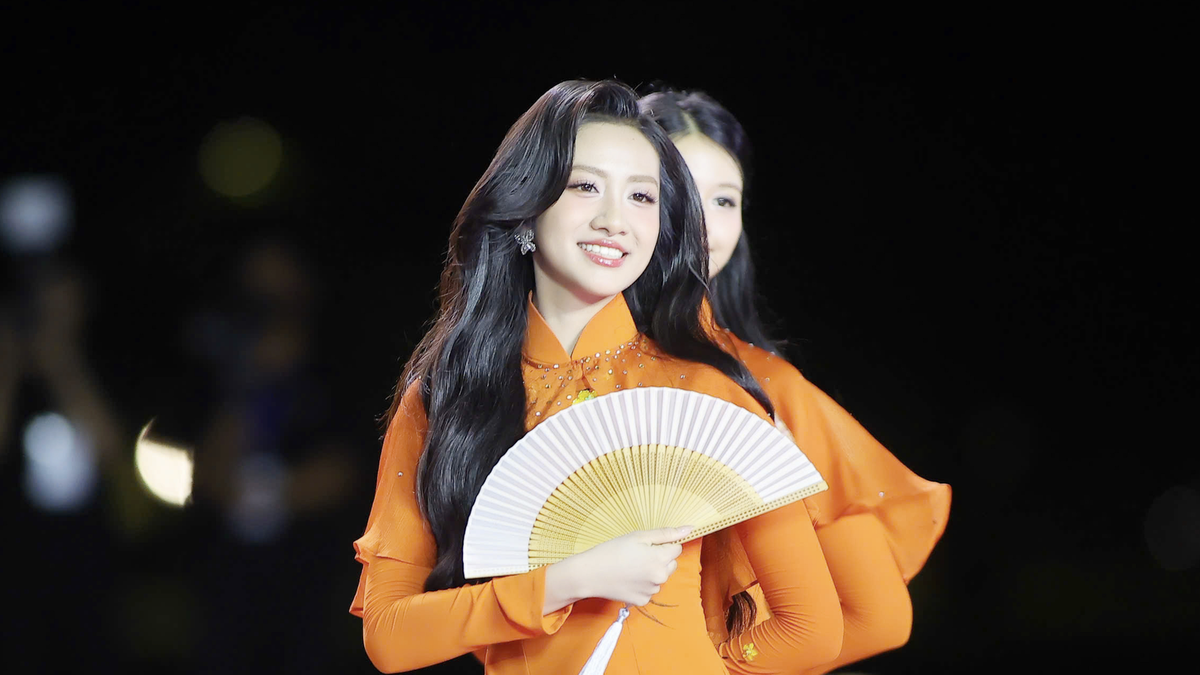




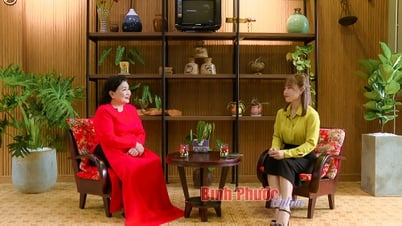
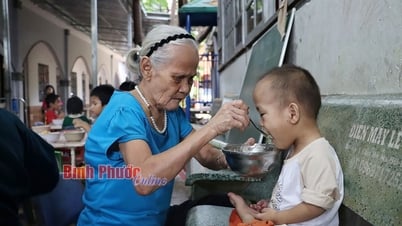

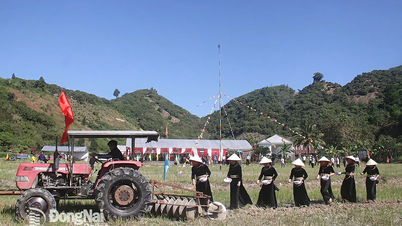

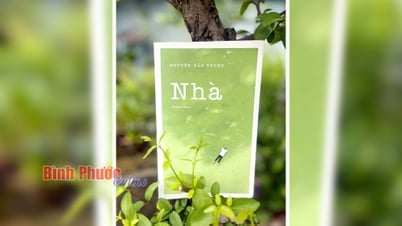


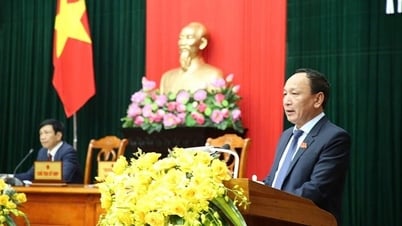



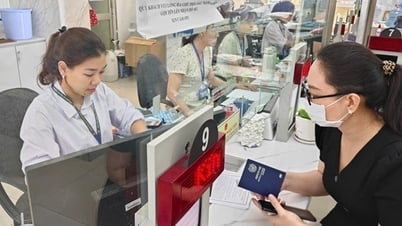
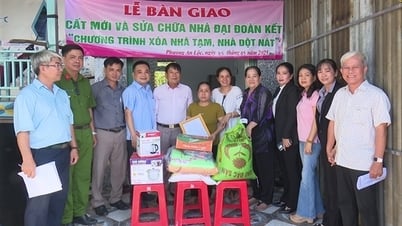
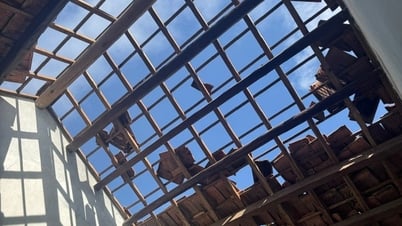





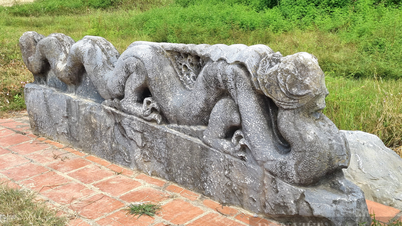

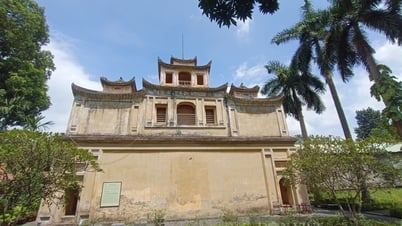




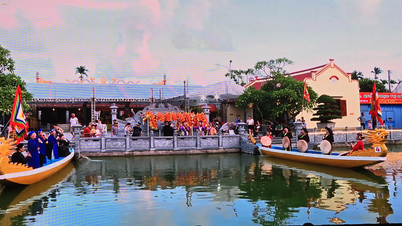

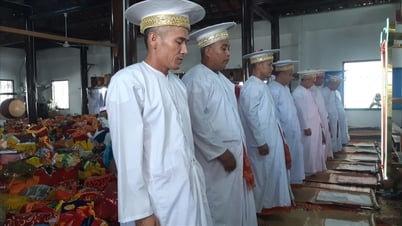

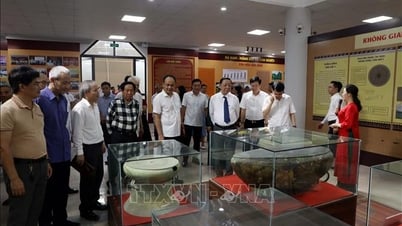



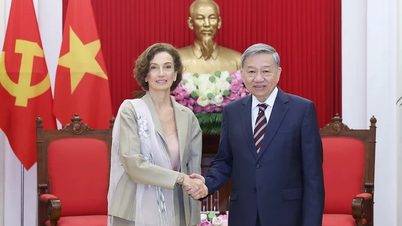

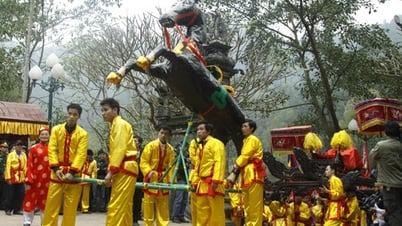
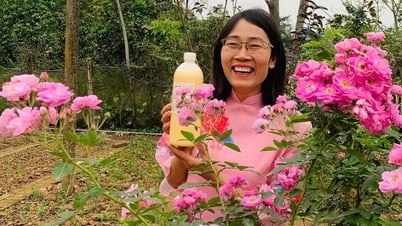

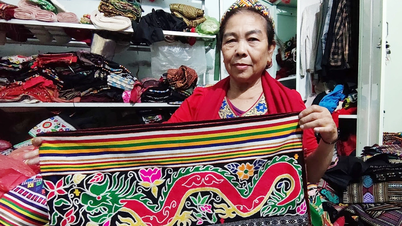

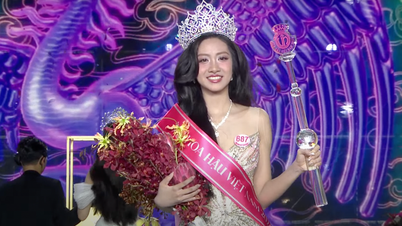




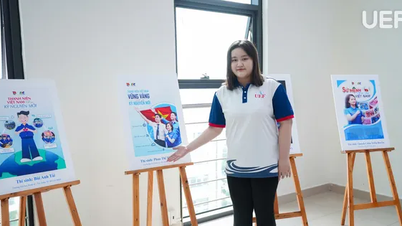
















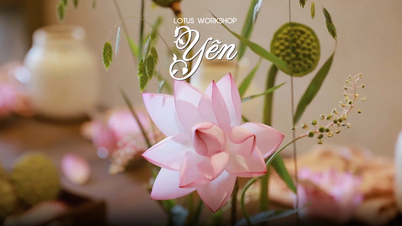


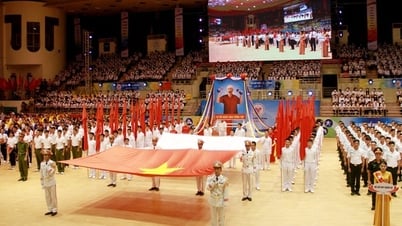


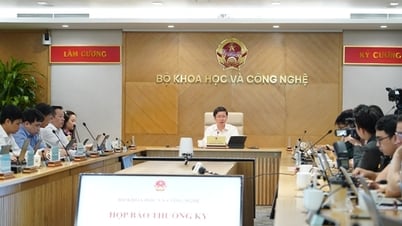

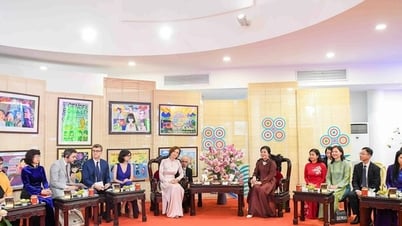






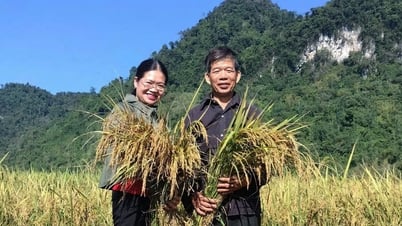

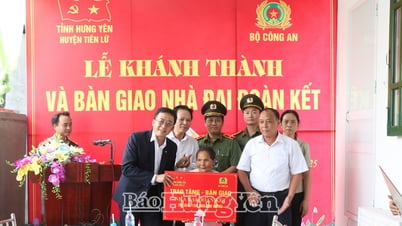














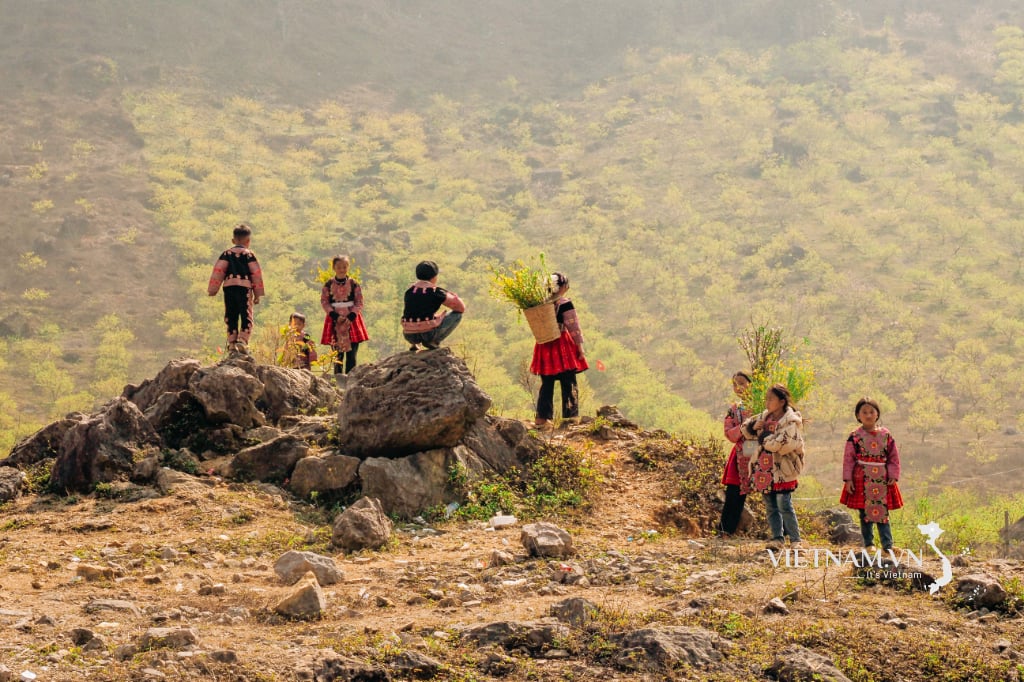

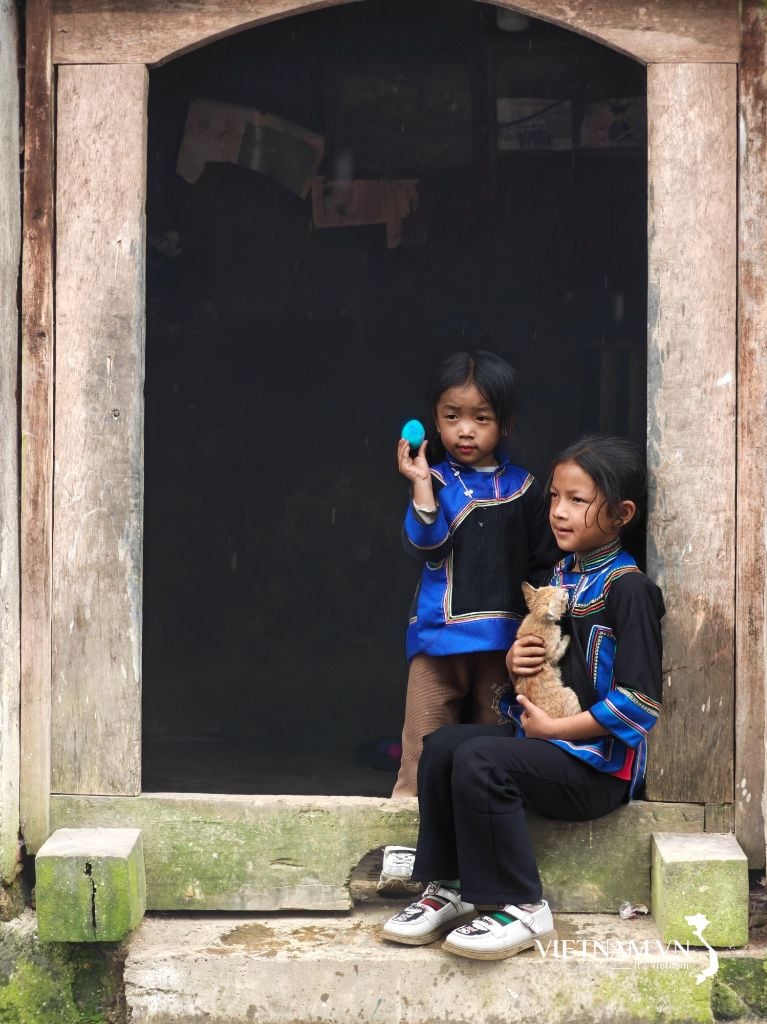

Comment (0)